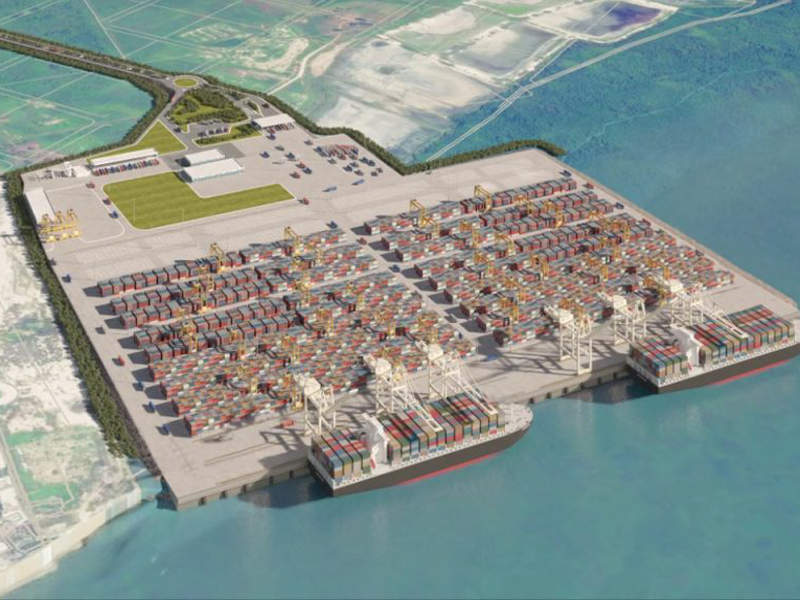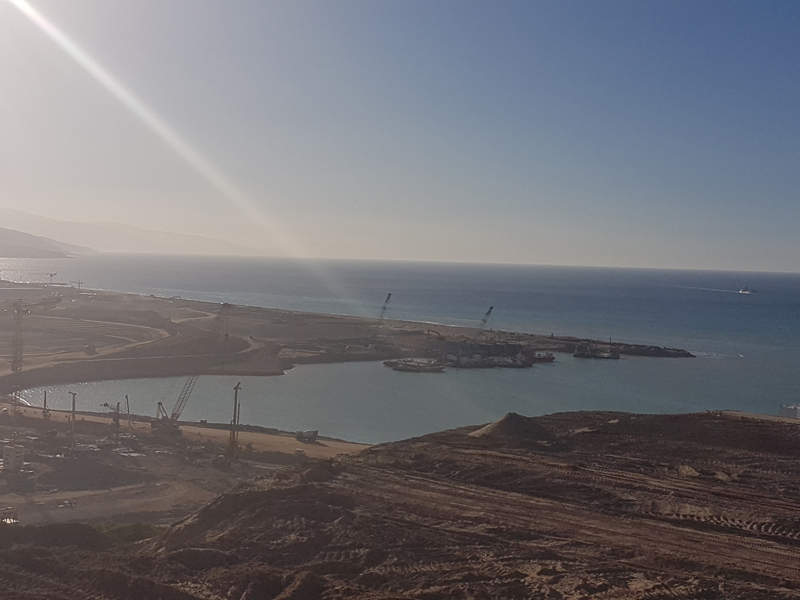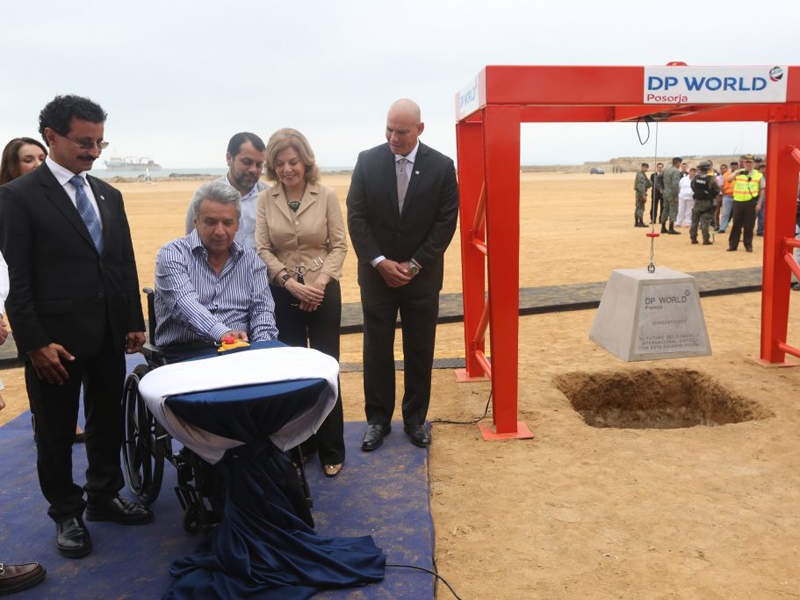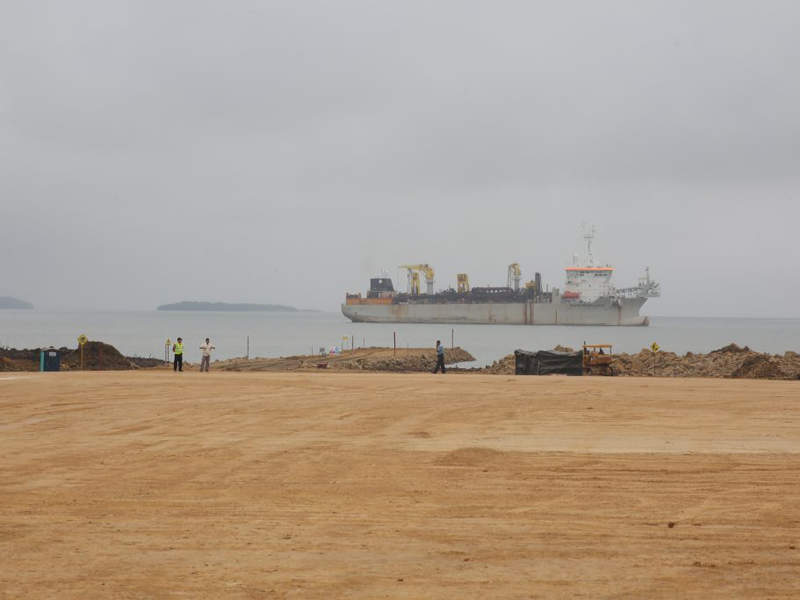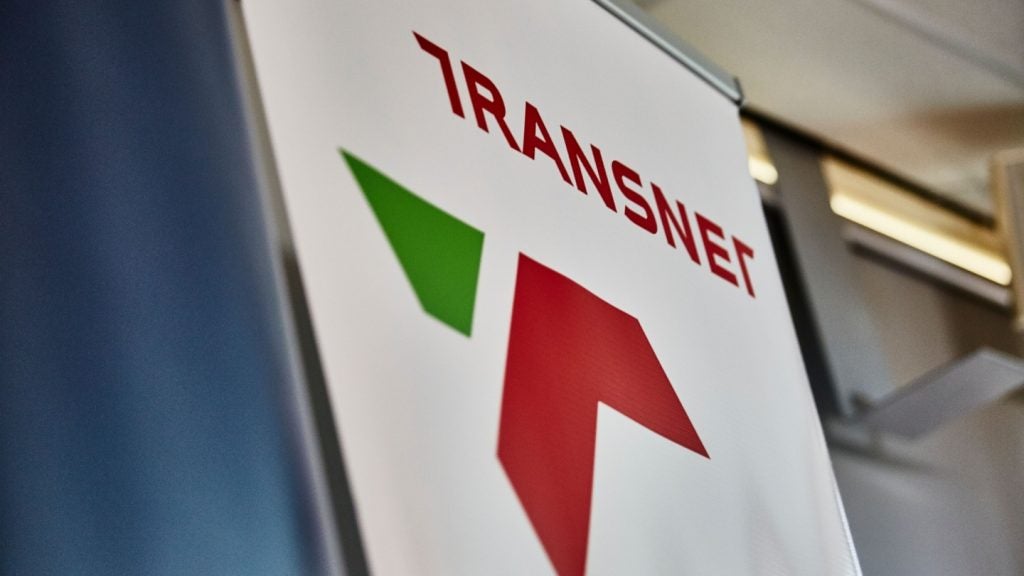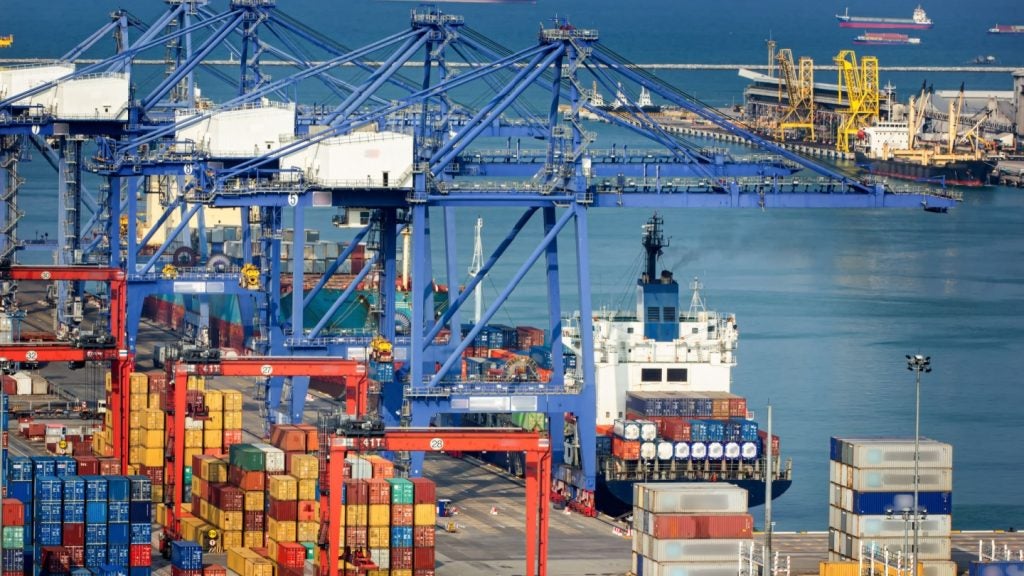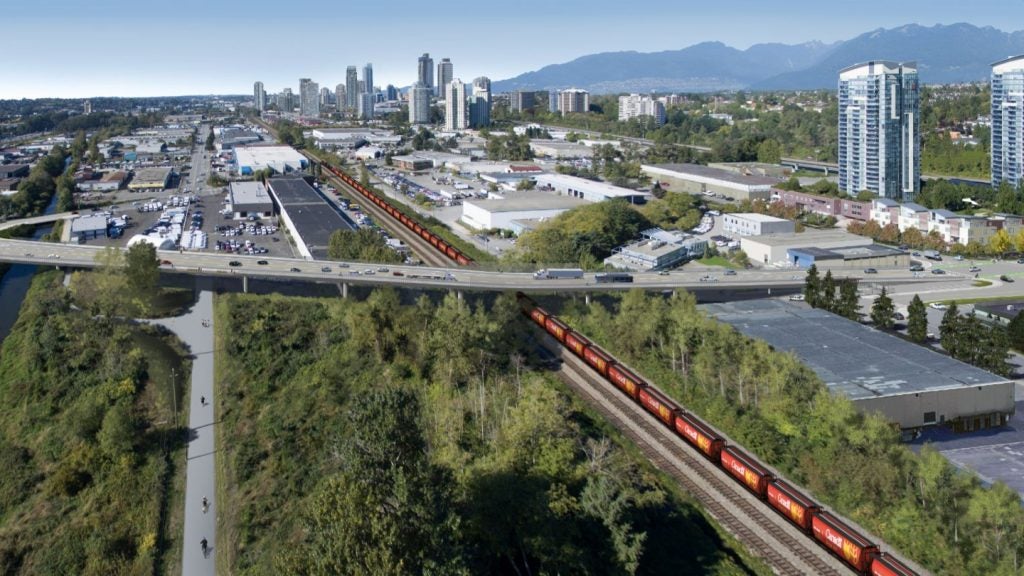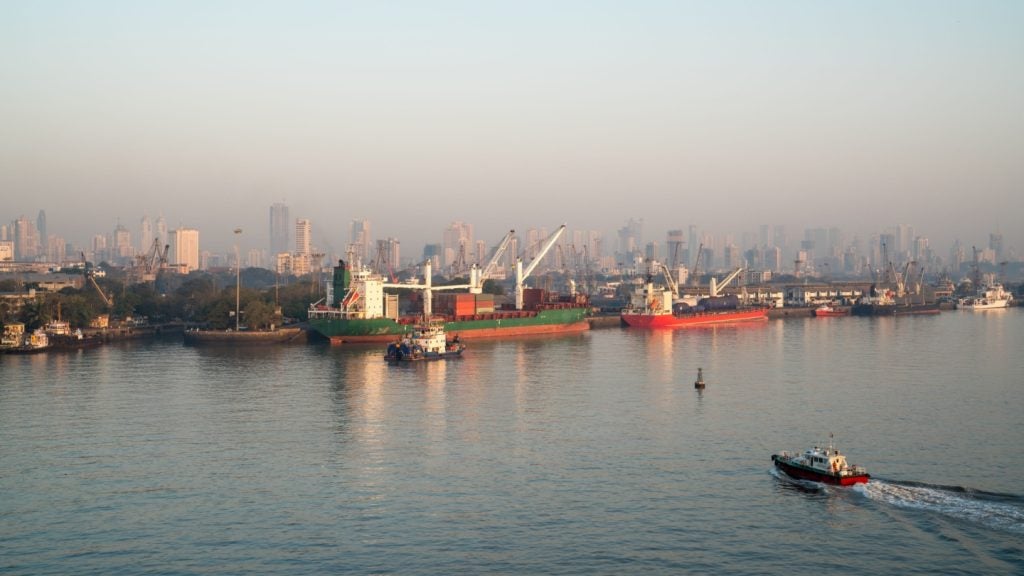Posorja deepwater port is being developed approximately 85km south-west of Guayaquil, Ecuador. It will be one of the most important ports on the west coast of South America.
The Government of Ecuador initiated the project in June 2016 under a public-private partnership model. The government has signed a 50-year concession contract with DP World, which will be responsible for the construction and operation of the port.
Construction of the $1.2bn deepwater port will be carried out in two phases. The first phase of construction commenced in July 2017 and is expected to be completed by 2019. Construction on the second phase will commence when 75% utilisation of phase one is reached.
Posorja deepwater port details
The first phase of the multi-purpose port will cover an area of 40ha and include a terminal with a 400m-deep pier. The terminal will have a capacity of 750,000TEU a year and will feature the Navis N4 terminal operating system, which will enable smooth and efficient operations. The terminal’s pier is designed to handle Post Panamax vessels with lengths exceeding 350m.
A new 16m-deep and 21 nautical mile-long navigation channel will be created by dredging marine soil and deepening the seabed. It will provide vessels with easy access to the port and enable normal operations.
A 20km-long and 9.3m-wide access road will be built over the existing fragmented smaller roads.
The second phase will increase the project area to 63ha and will include the construction of additional facilities. It will double the length of the terminal’s pier to 800m and the handling capacity of the terminal to 1.5 million TEU a year.
Facilities and equipment at Posorja deepwater port
The port will be equipped with four Quay cranes and 15 rubber-tire-gantry cranes (RTG). It will include a boatyard located behind the pier and a container yard that allows RTG operations.
A lorry park near the terminal will also be developed to provide short-time parking for trucks. A 100ha logistics and industrial park, designated as a Special Zone of Economic Development (ZEDE), will be built adjacent to the port.
Advanced technology will be installed at the port, including X-ray equipment, which ensures the integrity of the containers to avoid contamination with drugs at the terminal.
As part of an agreement signed in January 2018 with DP World, the National Electricity Corporation (CNEL EP) is building a 138kV sub-transmission line from the Posorja substation to a future substation that will be situated at the deepwater port. The new transmission line will provide electricity for efficient operations of the port.
Contractors involved
China Harbour Engineering Company (CHEC) was awarded the engineering, procurement and construction (EPC) contract for the deepwater port in May 2017.
CHEC subcontracted LafargeHolcim to supply cement for the construction of the initial infrastructure such as piles and precast quays at the port.
Navis was contracted to provide its N4 terminal operating system at the port in March 2018.
Herdoíza Crespo Construcciones (HCC) is the EPC contractor for the 20km-long access road, while Consultora Vera y Asociados will supervise the construction works being carried out by HCC.
Jan de Nul is responsible for carrying out dredging activities for the access canal.
Posorja deepwater project benefits
The Posorja deepwater port will create approximately 1,000 jobs during its operational phase. It will provide Ecuador with access to global markets to export its products such as bananas. This will allow it to become a key player in regional and global trade and provide access to large capacity ships.
The ZEDE is also expected to bring new investments to the port by providing opportunities for national and international companies.

